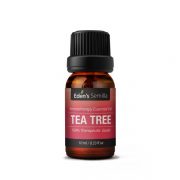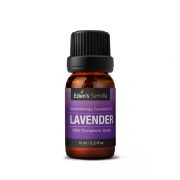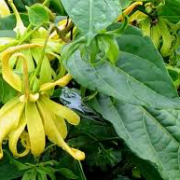Tea Tree Essential Oil – Fantastic Multi Purpose Protection – Benefits & Uses
Tea tree oil is an essential oil derived from leaves of the native Australian plant Melaleuca alternifolia (M. alternifolia). It’s known for his medicinal properties. It’s so diverse that it’s been known to treat colds, sore throats, infections, insect bites and skin infections.
It’s therapeutic properties include both anti-inflammatory and antiseptic. As we move towards organic and more natural products, we also see a rise in tea tree oil products in cosmetics, shampoo, oils and nail products. Tea tree oil is capable of eliminating a large number of microorganisms.
Benefits
Fight fungus
Tea Tree can prevent fungal infections. Laboratory research indicates that tea tree oil may be powerful enough to stop the growth of candida. It also appears to interfere with membrane properties/functions of candida. That’s pretty impressive! As if that wasn’t enough, research has demonstrated tea tree oil reduces candida’s ability to adhere to human cell surfaces . For the purpose of fighting fungus, pair tea tree oil with lemongrass drops and massage onto the affected area. w
Fight acne
There’s hope when it comes to fighting acne! Tea tree oil has antibacterial properties that can kill particles that damage our skin and stick to our pores. Due to tea tree oil’s potency, dilute tea tree with water and use as a spot treatment.
Remove makeup (naturally)
Makeup removers are rooted in chemicals. Luckily, tea tree has properties that’ll make taking off makeup feel cleaner.
To remove makeup, use about 10 drops of tea tree oil and blend with…
Blend with canola oil
Blend with coconut oil
Blend with a oil of your choice
Place on a cotton pad and remove!
Uses
Cure a sore throats
Tea tree should not be taken orally. It should only be used topically. THere’s a way to go about not ingesting tea tree oil. Use a damp wash cloth with tea tree oil drops and drape around the throat or area affected. Repeat this periodically for the full effect!
Deodorize (garbage + yourself)
Tea tree oil is an active ingredient in natural deodorants. But first – you’ll see shea butter. Shea butter is a fat extracted from the African shea tree. It’s a great thickening ingredient to add to deodorant.
You’ll need baking soda. Baking soda naturally neutralizes so that’s a must-have. Then, you’ll need arrowroot powder. Arrow root powder is like cornstarch. Lastly, you’ll need tea tree oil. It’s the ultimate anti-fungal oil that’ll add to the most potent property of this homemade deodorant. For the full recipe, visit Modern Hippie Housewife.
For the garbage…there’s a cure for that stench too! Soak tea tree oil in small makeup remover pads and place on the bottom of your garbage. It’ll add a little bit of neutralization.
Athlete’s Foot
Fight Athlete’s Foot! Athlete’s Foot is primarily a fungal infection. Use tea tree oil for a bedtime soak. While it won’t fully treat Athlete’s Foot, it will help reduce the symptoms of Athlete’s Foot.
Soften cuticles + soothe sores
Make a warm bath. Add 15 drops of tea tree oil and soak for 20 minutes. Not only will your hands feel smooth, but your cuticles will thank you too. This is the perfect way to start a manicure.




